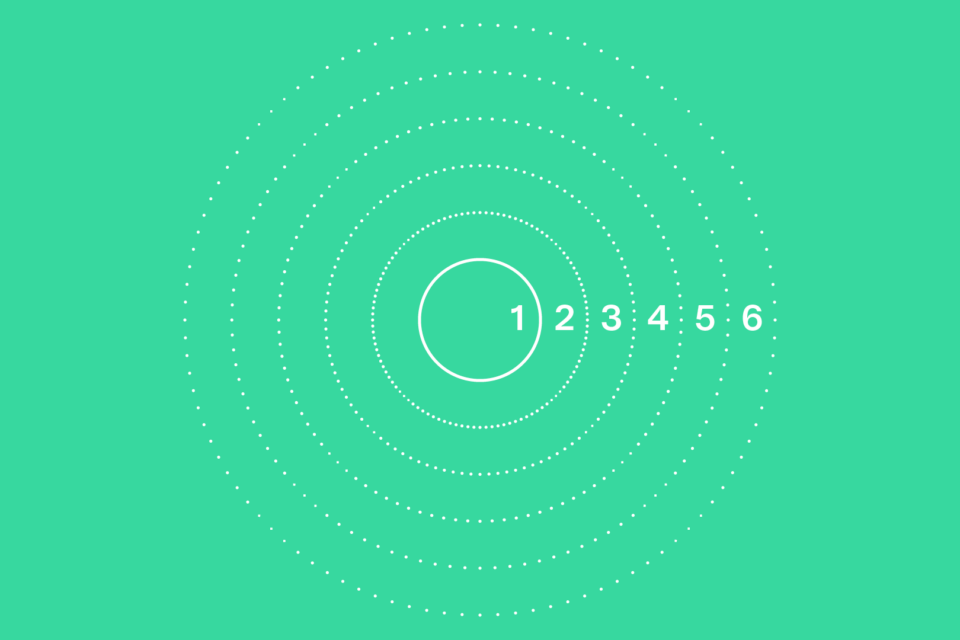How to focus your attention?

In our programs we see it often as we learn employers the skills of energy management: a lack of focus due to too many distractions. It often seems harmless, but imperceptibly it takes up a large part of our time: according to researchers at the University of California, we get distracted from our work every six to twelve minutes. The effect of the distraction is quite significant; it can take up to 20 minutes to get back into deep concentration. This makes you less productive and also takes up quite some energy. How do you get more focused?
DISTRACTION
Distraction is often prompted by external factors – a call, a message, or a colleague who has a question – but the effect of distraction is often magnified many times by the internal processes that ensues. The following situation is probably recognisable: you are in the middle of a presentation, and for a moment you cannot remember what the next topic of your story is. If you get stuck in that, you will lose your focus. If you then start wondering why you cannot get your story right, your attention will drift further away, and it will become more and more difficult to focus on your task: telling a good story to your audience. And that is where you can train yourself.
ATTENTION CIRCLES
Interesting in this context are the attention circles of German professor and sports psychologist
Eberspächer. This model describes the different phases of distraction. Each phase symbolises the
amount of attention you have for your task. The closer to the centre, the better your concentration.
The further the phase away from the centre, the more distracted you are.
- If you are in the inner circle, then you are 100% focused on your task, for example making a sales call. In this state, you are completely present. This is where you want to be and stay!
- Distractions arise; for example, an unexpected question. Or a sound from your surroundings, or your own thoughts and feelings. Then you are in circle 2, and distracted from your task.
- When you focus your attention on that distraction: “How stupid that I don’t know the answer to that question”, this means you are in circle 3: you worry about how things are versus how they should be. The conclusion you draw from this can be either positive or negative, but in both cases you are distracted.
- If the conclusion is negative, it can cause frustration: “Shit, what if I lose this customer?”. You are in circle 4, which is about success and failure. You start thinking about the end result instead of being in the moment with your task.
- If you then start thinking about the consequences of that end result, you’re in circle 5. For example, “If I lose this customer, I won’t get that promotion”
- If you then also start putting this in a larger perspective: “What is the point of this conversation anyway”, or: “I’m actually not at all suitable for this job”; then you are in outer circle 6. And that’s exactly where you don’t want to end up.
Whatever task or activity you are doing, at work or in private situations, there will always be moments of distraction. You can then go from circle 2 into circle 3 and just slip away. By being aware of these circles of attention, you can intervene. From time to time, check which circle you are in at a specific moment. Sometimes it is fine to dream away completely for a while, but you perform best when you are focused and your attention is not distracted from the main goal.
TRAIN YOUR BRAIN
At the moment of the question you couldn’t answer properly, you can choose: do you keep focusing your attention on it, and let it pull you further into the distraction? Or can you notice it, park it, and refocus your attention on your task? The more often you are aware of this process, the easier it becomes to make this choice in time. In this way, you train your brain to concentrate better, making you sharper and getting more done. Moreover, this way of working costs you much less energy, making you feel fitter and more energetic at the end of a working day!